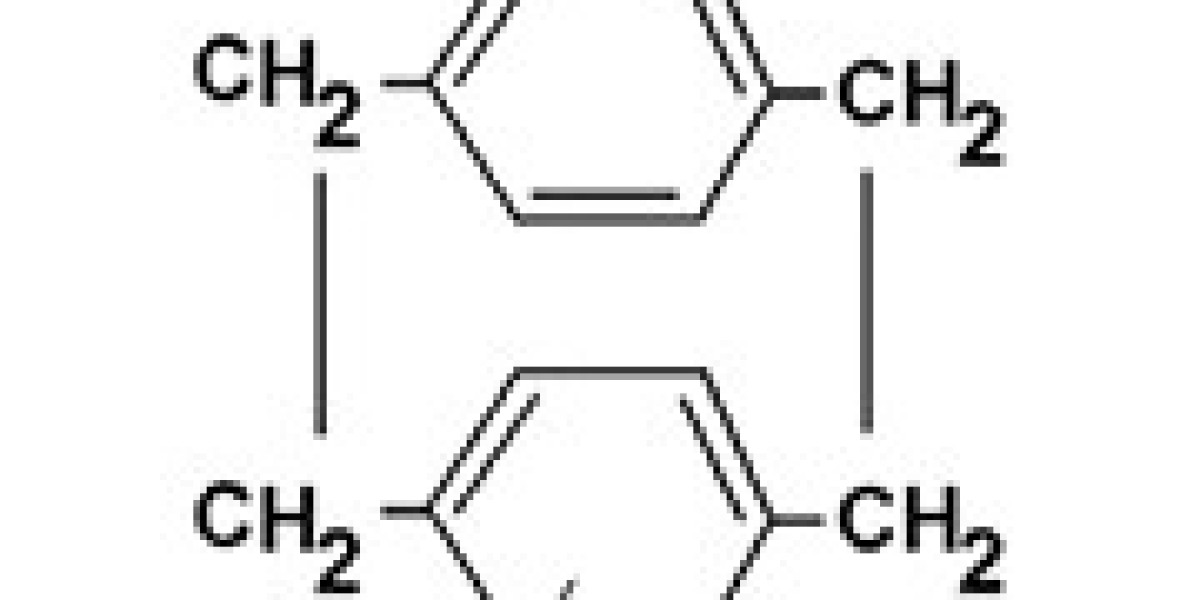
The femur is the body’s longest and strongest bone. It is also known as the thigh bone. This bone is important for weight-bearing and movement. A break in the femur, specifically in the long, straight section between the hip and knee, is called a femoral shaft fracture.
These fractures are often serious injuries and require immediate medical attention. This blog will talk about the causes, symptoms, diagnosis, and treatment of femoral shaft fractures.
For a CE-certified range of trauma implants, find experienced Orthopedic Medical Device Companies.
What Are the Causes of Femur Shaft Fractures?
Femoral shaft fractures typically occur due to high-energy trauma. Here's a breakdown of common causes:
High-impact accidents: Motor vehicle collisions, motorcycle accidents, and falls from significant heights are leading causes, especially in younger individuals.
Low-impact incidents: In older adults with weakened bones due to osteoporosis, a seemingly minor fall from standing height can cause a femoral shaft fracture.
Gunshot wounds: Gunshot injuries can cause severe fractures, including those in the femoral shaft.
What Are the Symptoms of a Femur Shaft Fracture?
The symptoms of a femoral shaft fracture are usually quite apparent:
Severe pain: The pain is often intense and worsens with any movement of the leg.
Deformity: The leg may appear deformed or bent at an unnatural angle.
Inability to bear weight: Putting any weight on the injured leg becomes impossible.
Bruising and swelling: Significant bruising and swelling develop around the fracture site.
Shortening of the leg: The affected leg may appear shorter than the other.
What is the Diagnosis for Femur Shaft Fracture?
A doctor will thoroughly examine the injured leg and inquire about the mechanism of injury. X-rays are the primary diagnostic tool used to confirm a femoral shaft fracture and determine the location and severity of the break. In some cases, additional imaging tests like CT scans might be needed for a more detailed evaluation.
How Are Femur Shaft Fractures Treated?
Femoral shaft fractures almost always require surgery to heal properly and restore function to the leg. The two main surgical approaches are:
Intramedullary Nailing: A metal rod, known as Interlocking Nail is inserted down the hollow center of the femur to realign and stabilize the bone fragments.
Open Reduction and Internal Fixation (ORIF): The surgeon makes an incision to access the fracture site, manually aligns the bone fragments, and secures them with plates, screws, or rods fixed to the bone's outer surface.
Following surgery, physical therapy is crucial to regain strength, flexibility, and range of motion in the injured leg. Depending on the severity of the fracture and the individual's overall health, complete recovery from a femoral shaft fracture can take several months.
What Complications Femur Shaft Fractures Can Cause?
While most femoral shaft fractures heal well with proper treatment, potential complications can arise, including:
Infection: This is a serious complication that can occur at the surgical site or within the bone itself.
Nonunion: The bone fragments fail to heal together properly.
Malunion: The bone heals in a misaligned position, affecting leg length and function.
Blood clots: Immobility following surgery can increase the risk of blood clots in the legs or lungs.
Explore advanced healthcare products & supplies and learn from industry experts from across the globe at the Pharma West Africa 2024 conference.



